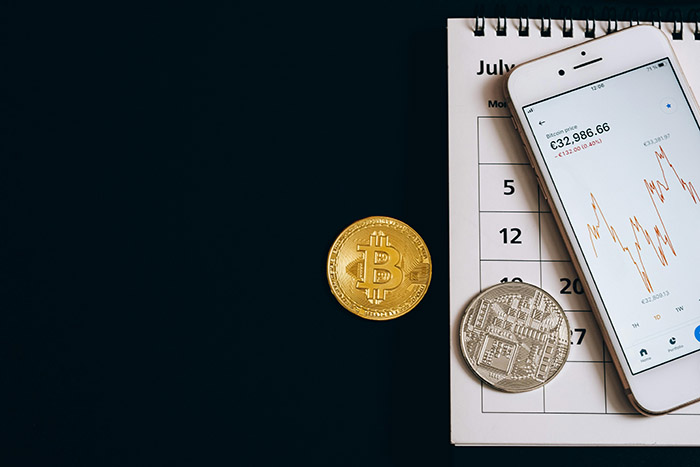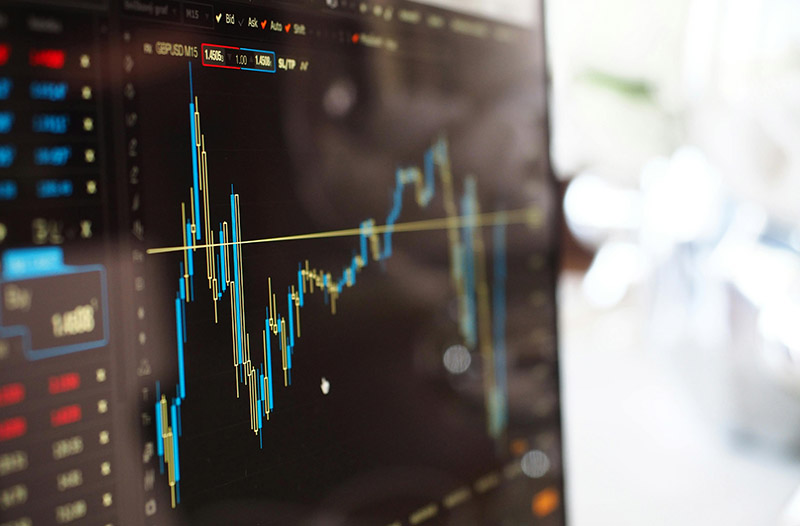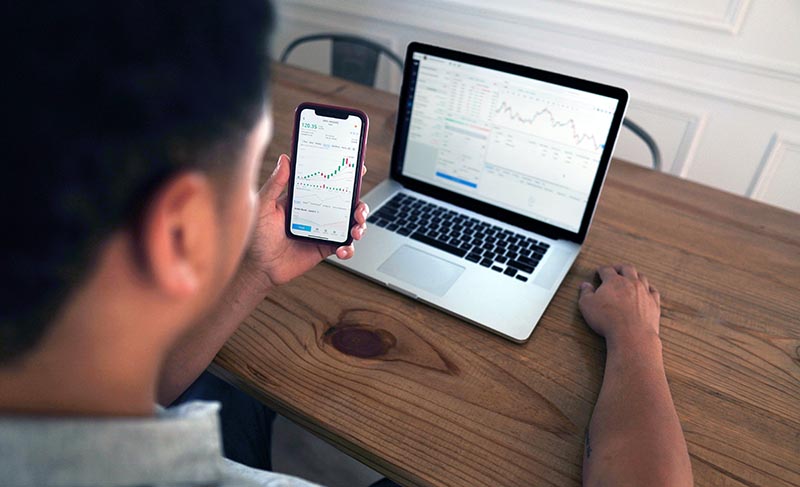A Beginner’s Guide to the Currency Market

The currency market, also known as the foreign exchange market (forex), is the largest and most liquid financial market in the world. With a daily trading volume exceeding $6 trillion, it offers ample opportunities for traders and investors. This guide aims to provide beginners with a comprehensive understanding of the currency market, including essential concepts, strategies, and tips for successful trading.
What is the Currency Market?
The currency market is a global decentralized market where currencies are traded. Unlike stock markets, which operate in centralized exchanges, forex trading occurs over-the-counter (OTC) through a network of banks, brokers, and financial institutions. The primary purpose of the currency market is to facilitate international trade and investment by enabling currency conversion.
Key Concepts in Forex Trading
Currency Pairs: In forex trading, currencies are traded in pairs, such as EUR/USD (Euro/US Dollar) or GBP/JPY (British Pound/Japanese Yen). The first currency in the pair is the base currency, and the second is the quote currency. The exchange rate indicates how much of the quote currency is needed to purchase one unit of the base currency.
Bid and Ask Price: The bid price is the amount a buyer is willing to pay for a currency pair, while the ask price is the amount a seller is willing to accept. The difference between the bid and ask price is known as the spread, which is a key factor in forex trading costs.
Pip: A pip (percentage in point) is the smallest price move that a currency pair can make. For most currency pairs, a pip is equal to 0.0001. Understanding pips is crucial for calculating potential profits and losses.
Leverage and Margin: Leverage allows traders to control a larger position with a smaller amount of capital. For example, with a leverage ratio of 100:1, a trader can control $100,000 with just $1,000. Margin is the collateral required to open and maintain a leveraged position. While leverage can amplify profits, it also increases the risk of significant losses.
Forex Brokers: Forex brokers act as intermediaries between traders and the currency market. They provide trading platforms, market access, and various tools and resources. It’s essential to choose a reputable broker with transparent fees, reliable customer support, and a user-friendly platform.
Getting Started with Forex Trading
Educate Yourself: Before diving into forex trading, take the time to learn about the market, trading strategies, and risk management. There are numerous online courses, tutorials, and books available for beginners.
Choose a Trading Platform: Select a trading platform that suits your needs. Popular platforms like MetaTrader 4 (MT4) and MetaTrader 5 (MT5) offer advanced charting tools, technical indicators, and automated trading features.
Open a Demo Account: Most forex brokers offer demo accounts that allow you to practice trading with virtual money. This is an excellent way to get familiar with the trading platform and test your strategies without risking real money.
Develop a Trading Plan: A trading plan outlines your trading goals, risk tolerance, and strategies. It helps you stay disciplined and make informed decisions. Your plan should include entry and exit points, position sizing, and risk management rules.
Start Small: When you’re ready to trade with real money, start with a small amount of capital. This helps you manage risk and minimize potential losses while gaining practical experience.
Forex Trading Strategies
Technical Analysis: Technical analysis involves analyzing historical price data and using technical indicators to identify trends and potential entry and exit points. Common tools include moving averages, Bollinger Bands, and the Relative Strength Index (RSI).
Fundamental Analysis: Fundamental analysis focuses on economic indicators, news events, and geopolitical factors that can impact currency prices. Key indicators include interest rates, inflation, employment data, and GDP growth.
Trend Following: Trend following strategies aim to capitalize on market trends by buying when prices are rising and selling when prices are falling. Traders use trend indicators like moving averages and trendlines to identify and confirm trends.
Range Trading: Range trading involves identifying support and resistance levels where currency prices tend to fluctuate. Traders buy at support levels and sell at resistance levels, aiming to profit from price reversals within the range.
Scalping: Scalping is a short-term trading strategy that involves making multiple small trades to capture quick profits. Scalpers aim to exploit small price movements and typically hold positions for a few seconds to minutes.
Risk Management in Forex Trading
Effective risk management is crucial for long-term success in forex trading. Here are some key risk management techniques:
Use Stop-Loss Orders: A stop-loss order automatically closes a trade when the price reaches a predetermined level, limiting potential losses. It’s essential to set stop-loss orders for every trade to protect your capital.
Position Sizing: Determine the appropriate position size based on your risk tolerance and account size. Avoid risking more than 1-2% of your trading capital on a single trade.
Diversify Your Trades: Avoid putting all your capital into one trade or currency pair. Diversify your trades to spread risk across different assets.
Stay Informed: Keep up with market news and events that can impact currency prices. Economic calendars and news feeds can help you stay informed and make better trading decisions.
Avoid Overtrading: Overtrading can lead to significant losses and emotional stress. Stick to your trading plan and avoid making impulsive decisions based on short-term market fluctuations.
Common Mistakes to Avoid
Lack of Preparation: Jumping into forex trading without proper education and preparation can lead to costly mistakes. Take the time to learn and practice before trading with real money.
Emotional Trading: Allowing emotions like fear and greed to influence your trading decisions can result in poor outcomes. Stay disciplined and stick to your trading plan.
Ignoring Risk Management: Neglecting risk management can lead to significant losses. Always use stop-loss orders, manage your position sizes, and diversify your trades.
Chasing Losses: Trying to recover losses by making larger trades can lead to further losses. Accept losses as part of trading and avoid chasing them with reckless decisions.
Overleveraging: Using excessive leverage can amplify losses and wipe out your trading account. Use leverage cautiously and ensure you understand the risks involved. What You Need to Know Before Borrowing Money?
Conclusion
Forex trading offers exciting opportunities for those willing to learn and develop their skills. By understanding the currency market, developing a solid trading plan, and practicing effective risk management, beginners can navigate the forex market with confidence. Remember that forex trading involves risk, and it’s essential to stay disciplined, continuously educate yourself, and adapt your strategies as you gain experience. With the right approach, the currency market can be a rewarding venture for aspiring traders. The currency market.





